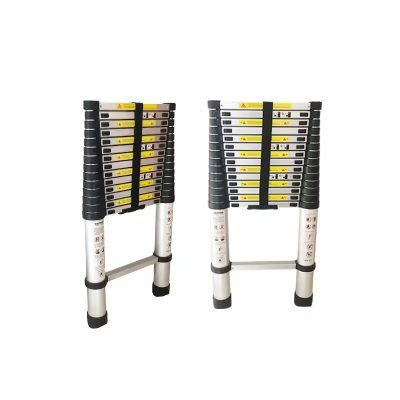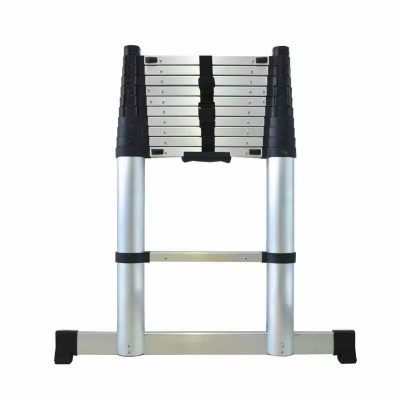Aluminum ladders stand as a testament to modern engineering ingenuity, offering a blend of versatility, durability, and lightweight construction that meets the diverse needs of both professionals and DIY enthusiasts. As an essential tool in numerous industries and households, these ladders provide a safe and reliable means of accessing elevated spaces with ease.
Versatility:
One of the key attributes of aluminum ladders is their adaptability to various tasks and environments. Available in a range of configurations including step, extension, platform, and telescoping designs, aluminum ladders cater to diverse applications such as construction, maintenance, painting, and household chores. Whether it’s reaching ceiling fixtures, trimming trees, or accessing rooftops, there exists an aluminum ladder suited to the specific requirements of the task at hand.
Durability:
Despite their lightweight construction, aluminum ladders boast remarkable durability, thanks to the inherent strength of the material. Constructed from high-grade aluminum alloys, these ladders exhibit exceptional resistance to corrosion, rust, and weathering, ensuring prolonged service life even in harsh outdoor conditions. Additionally, advanced manufacturing techniques enhance structural integrity, making aluminum ladders capable of supporting substantial loads while maintaining stability and safety.
Safety Features:
Safety remains paramount in the design and manufacture of aluminum ladders, with various features incorporated to mitigate risks and enhance user confidence. Non-slip treads and rubberized feet provide secure footing on rungs and surfaces, minimizing the likelihood of slips and falls. Furthermore, intuitive locking mechanisms and stabilizing bars contribute to stability and prevent accidental collapses during use, ensuring peace of mind for operators working at height.
Portability and Convenience:
The lightweight nature of aluminum renders ladders effortlessly portable, facilitating easy transportation between job sites or within the confines of a residence. Unlike their steel counterparts, aluminum ladders do not compromise on strength while offering the added advantage of reduced weight, making them ideal for tasks that demand frequent repositioning or overhead maneuverability. Moreover, collapsible or telescopic designs enable compact storage, maximizing space efficiency in workshops, garages, or utility closets.
Conclusion:
In summary, aluminum ladders epitomize the epitome of utility, combining versatility, durability, and user-friendly design to meet the demands of modern work environments and domestic settings alike. As indispensable tools for accessing elevated spaces safely and efficiently, these ladders continue to play an integral role in enhancing productivity and facilitating DIY projects worldwide. With ongoing advancements in materials and engineering, the future of aluminum ladders promises even greater innovation and performance, further cementing their status as indispensable assets in any toolbox.







